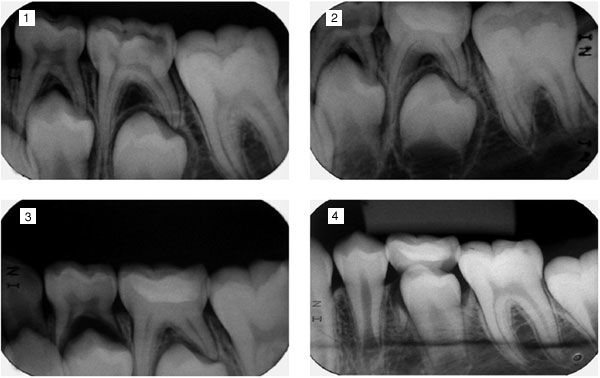
What Causes Teeth to Grow Into the Mouth?
As our teeth mature from tiny tooth buds within our jaws, they gradually emerge into the mouth through a process called “eruption.” Although the exact biology behind tooth eruption hasn’t been able to be fully explained by any one theory and it is likely a multifactorial process, there are several mechanisms that seem to be at work in tooth eruption.
Mechanisms of Tooth Eruption
- Resorption of the overlying hard tissue (bone, baby tooth, etc.) from enzymes in the dental follicle. The dental follicle is best seen on an x-ray as a dark bubble above the tooth. Remodeling of bone and creation of a path for tooth movement by the dental follicle is essential to the process of tooth eruption.
- Hydrostatic pressure at the tip of the developing tooth root helping to push the tooth gradually into the mouth.
- Metabolic activity in the PDL (the periodontal ligament around the tooth root) helping to provide an eruptive force by pulling the tooth upward little by little.
Interestingly, tooth eruption happens the most during the late evening when specific controlling hormones are released (GH, thyroid hormones, melatonin, etc.) and thus it follows a circadian rhythm. All of this happens gradually until the erupting tooth finally comes into contact with something, usually the tooth in the opposing arch, and this continues to occur to compensate for worn teeth and vertical growth of our jaws as we age.